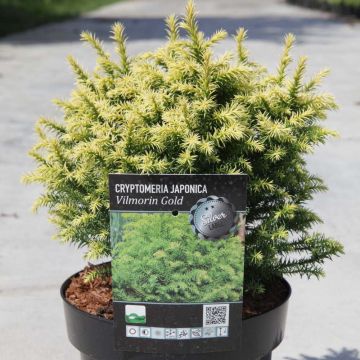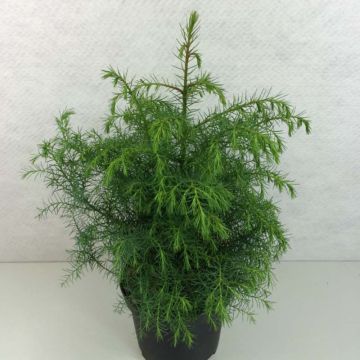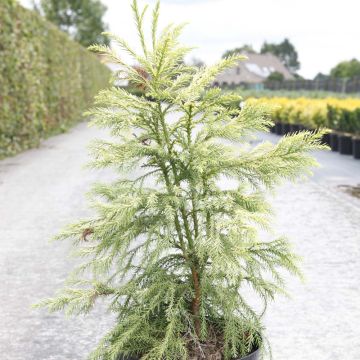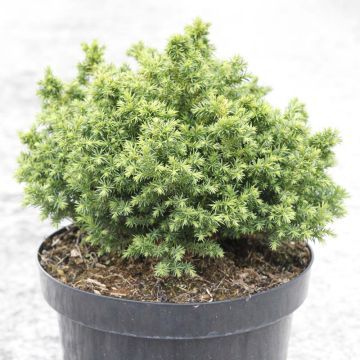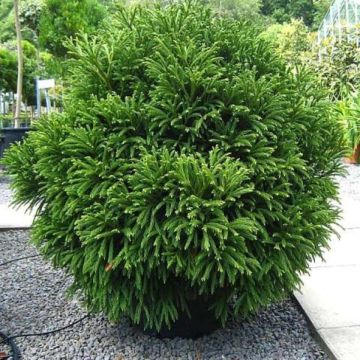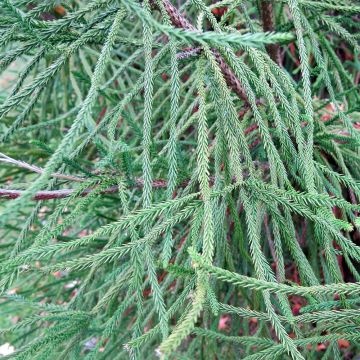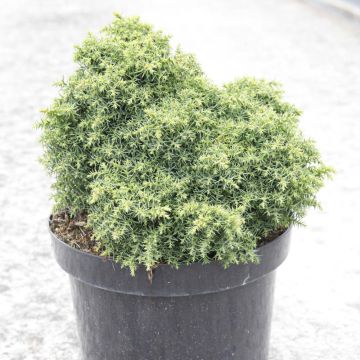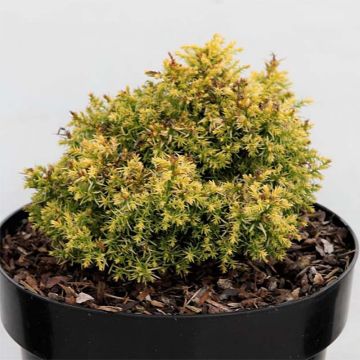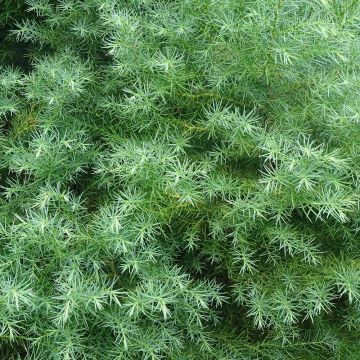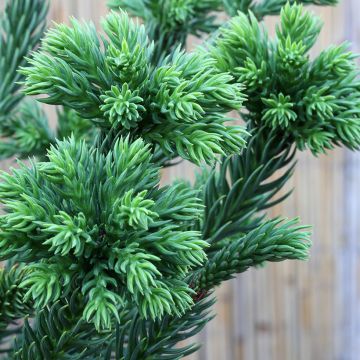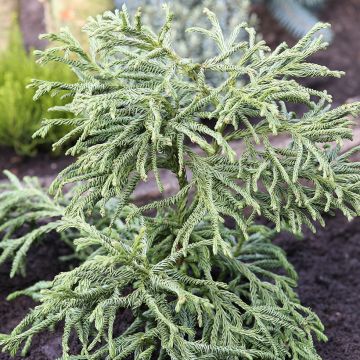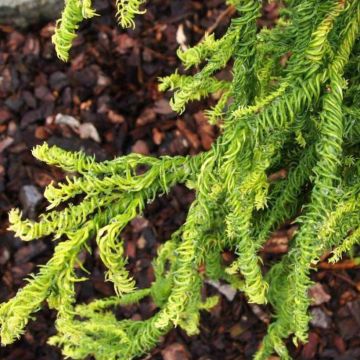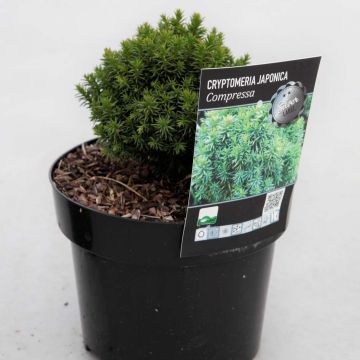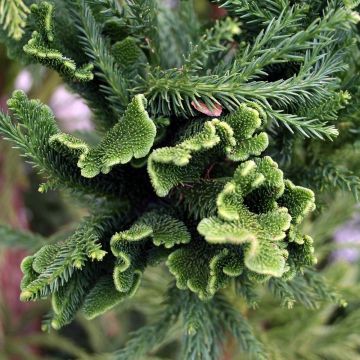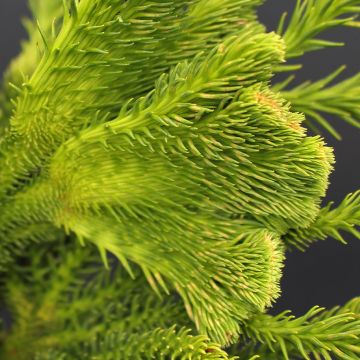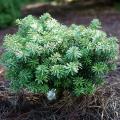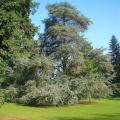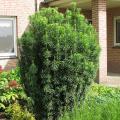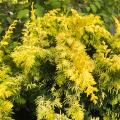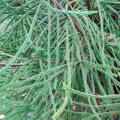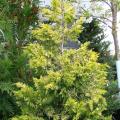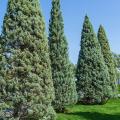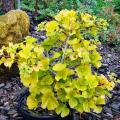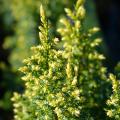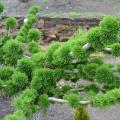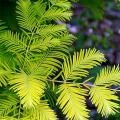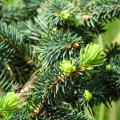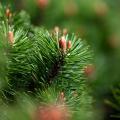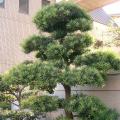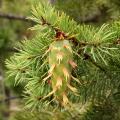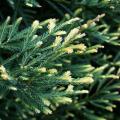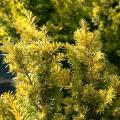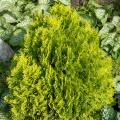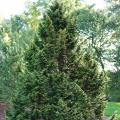Cryptomeria
Does this plant fit my garden? Set up your Plantfit profile →
Available in 2 sizes
Available in 2 sizes
Available in 2 sizes
Available in 2 sizes
Available in 2 sizes
Available in 1 sizes
Available in 1 sizes
Available in 2 sizes
Available in 1 sizes
Available in 1 sizes
Available in 1 sizes
Available in 1 sizes
Available in 1 sizes
Available in 2 sizes
Available in 1 sizes
Available in 1 sizes
The Japanese Cryptomeria or Japanese Cedar (Cryptomeria japonica), known as sugi in Japanese, originates from Japan, China, and Korea. It is the only member of the Cryptomeria genus. It belongs to the Taxodiaceae family, just like the Yew and the Bald Cypress. This conifer with an elegant pyramidal habit, adorned with delicate foliage, is essential in our gardens. While its significant, if not gigantic, growth makes it unsuitable for most of our gardens, it comes in countless cultivars of more modest stature, such as the 'Elegans Viridis' Japanese Cedar or even dwarf forms like 'Elegans Nana'. These conifers can be used to create beautiful evergreen hedges that change colour in autumn and winter, or as superb (or sometimes unusual) specimens to display in isolation, like the Cryptomeria japonica 'Sekkan Sugi', for example. The national tree of Japan, Cryptomeria has a fragrant and rot-resistant wood that is reputed to deter insects and termites. An essential oil with a woody scent is extracted from it and appreciated for purifying the air in our interiors.
The growth of Cryptomeria is rather fast (except for dwarf forms), and its smaller varieties are not particularly demanding in terms of soil, although they prefer rich, moist, and well-drained soils to thrive. It is recommended to plant them in a sheltered location. Planting them in pots is possible for dwarf varieties, with the container size influencing the size of the plant: young cryptomerias are indeed favoured subjects for bonsai enthusiasts!
Haven't found what you were looking for?







































